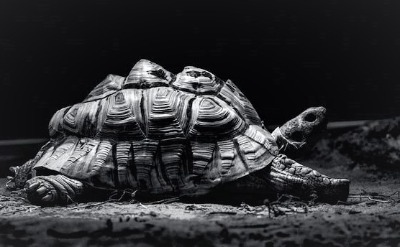 The answer to this question is yes, but only when living in the confinement of captivity. With a proper diet that includes all essential vitamins, minerals and protein intake along with adequate UV light exposure and natural (non-artificial) sunlight, they can live normal healthy lives.
The answer to this question is yes, but only when living in the confinement of captivity. With a proper diet that includes all essential vitamins, minerals and protein intake along with adequate UV light exposure and natural (non-artificial) sunlight, they can live normal healthy lives.
However, tortoises who are kept in poor captive environments or improperly fed can develop pyramiding syndrome more easily than others. This may take several years to begin showing symptoms, but once it does there will be no turning back until a drastic change occurs for the better.
If you have ever had a pet reptile at home such as an iguana or python before then you would already know about pyramiding syndrome. But if you have never cared for a reptile before, then let me explain.
Pyramiding syndrome is when the shell of your tortoise becomes elongated and high instead of wide and low (flatter). This happens because the body tries to adapt and protect itself against harmful UV light and other unknown causes. Tortoises spend more than ninety percent of their lives in the wild underground or on damp leafy ground where there are little to no UV radiations from the sun. In captivity however, they receive full exposure almost 24 hours a day.
However, some good quality artificial bulbs do emit a similar amount of UVA lights as natural sunlight but not all do. Some have poor lighting effects that can cause even more problems if they don’t get enough natural light.
Is tortoise pyramiding permanent? No, it is not. It can be treated and cured in most healthy adult tortoises but can take several years to completely remove the excess bone growth from their shells unless drastic changes are made. If a healthy adult suffers from unknown causes of excessive bone growth then you must find out why this has happened before asking if tortoise pyramiding is reversible or not.

I have a big soft spot for turtles. I grew up near a pond that was full of snapping turtles. Now and then I’d see them crawling across our front yard, which was always exciting.
Now I write about turtles for this website as a fun side hobby. Glad you stopped by!
